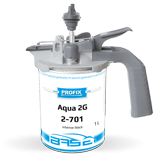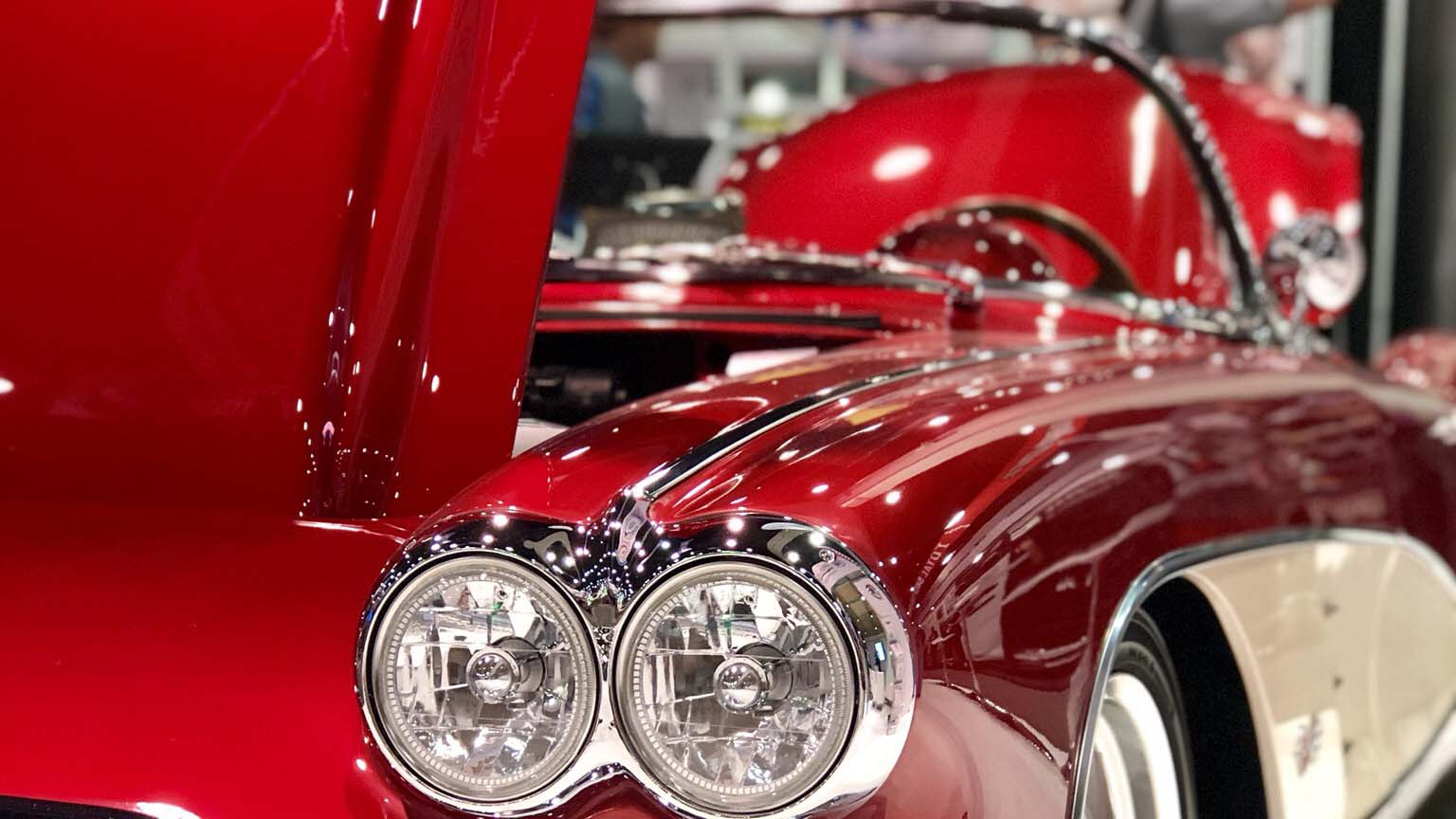Recently added
Related products
Most read
Why use the water-soluble lacquers, when the conventional ones are available?
How frost destroys paint
How frost destroys paint
A car’s paintwork should be resistant to significant temperature fluctuations in the course of the year. From hot summer days to frosty winter nights. The multi-coat structure of a car’s paintwork seals and protects it. Each coat has a specific role to play. The bottom coats protect the body from corrosion, while the top coats give the paint its distinctive look and protect from mechanical damage.
What really gets at paint?
For autobody paint, the real challenge is contact with highly variable daytime temperatures. It sometimes happens that the temperature in a single day can vary by several dozen degrees Celsius. That’s when strong mechanical strains arise which can lead to damage in the paintwork.
Surely, every one of us has at some time or other committed a “in” against our autobody paint – in haste we’ve “scrubbed” the car, trying to get on the road as quickly as possible. This makes it easy to scratch the surface of the vehicle. Even the smallest scratch, subjected later to the actions of such factors as salt, water, or sand on the road can result in corrosion on the body.
How can we prevent this?
We should make our preparations before winter sets in. Wash the car thoroughly, ideally using specialist liquids or a pressure washer. By doing this carefully, we’ll have the opportunity to notice even the slightest damage. Every scratch or flake means potential rust in the winter season. Due to the use of salt on roads, defects are especially vulnerable when they are located on fenders, bumpers, or the hood. If any defects are visible, you should immediately report to your auto paint specialist to seal the body before winter. This is of course an ideal – one which we often fail to meet due to lack of time.
What next?
Even when winter arrives when we least expect it – as seems so often to happen to the road services – we should begin by washing the car and sealing the paintwork. We can do this i several ways. First of all, we should remember about touchless waxing, the simplest yet unfortunately least durable method. To be effective, this needs to be repeated often.
The second method is more durable and we can do it ourselves; it’s hand waxing (for example with Profix WAX). This method unfortunately has one flaw – it takes a lot of time and effort. The most convenient solution which is both fast and durable is to have a professional take care of it. Unfortunately, convenient solutions can sometimes be fairly expensive, and prices for such services can range from 1000 to 2000 PLN.
It’s best when the car is washed once a week, especially in winter. Keeping the car clean is your best line of defense. We do realize theory and practice do not always go hand in hand, and it is sometimes impossible to wash the car frequently in winter. Keeping the car in the garage, or at least covering it with a tarp, solves this problem definitively.
If possible, do not use automated car washes when the car is very dirty, as these can cause micro-scratches in the paint. Using hot water to wash the car in freezing temperatures is also a bad idea – the laws of physics are immutable – as the strains which arise on the painted surface can lead to cracks. A wash like this can turn out to be very expensive indeed.










